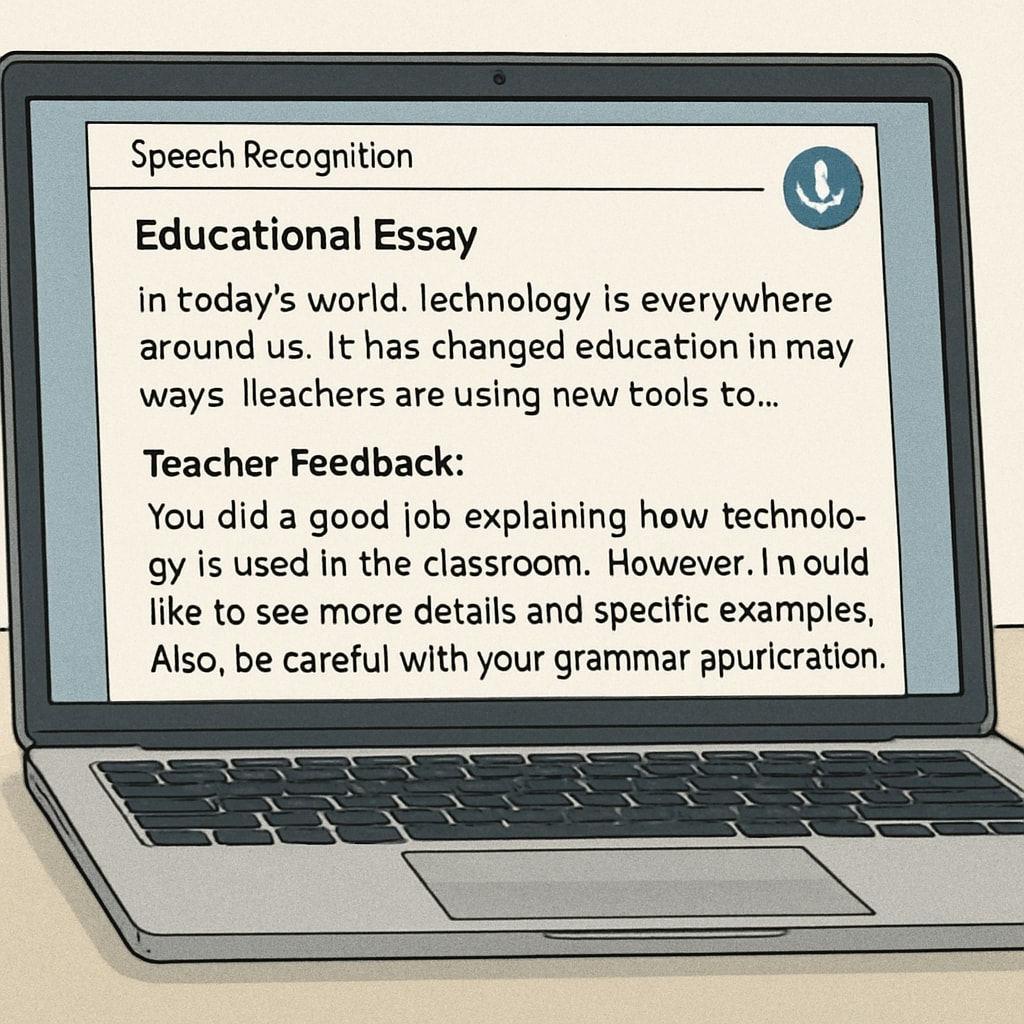In the fast-evolving landscape of education, time-saving innovations are more critical than ever. Speech recognition technology, particularly through tools like WillowVoice, is playing a pivotal role in improving education efficiency, transforming how teachers provide feedback, and simplifying communication processes. For K12 educators, WillowVoice is not just a tool; it’s a game-changer. By freeing up valuable time, this technology allows teachers to focus more on what truly matters—delivering high-quality education to students.
How Speech Recognition Enhances Teaching Efficiency
One of the primary challenges teachers face today is managing their workload. From creating lesson plans to grading assignments and providing individual feedback, the list seems endless. Speech recognition technology, such as WillowVoice, offers a solution by converting spoken words into text with remarkable accuracy. Teachers can now dictate lesson plans, record notes, or offer verbal feedback, which is instantly transcribed for later use.
This efficiency boost is particularly valuable in K12 education, where personalization is key. For example, teachers can use WillowVoice to quickly draft tailored feedback for students, ensuring that each child receives the attention they deserve. According to a Britannica article on speech recognition, advancements in AI-driven voice technology have reduced error rates significantly, making such tools reliable for educational use.

Revolutionizing Teacher Feedback with WillowVoice
Feedback is a cornerstone of effective teaching, but it can also be one of the most time-consuming tasks. WillowVoice helps streamline this process by enabling teachers to record spoken feedback, which is instantly converted into written text that can be shared with students and parents. This not only saves time but also ensures clarity and consistency.
For example, consider a high school English teacher who needs to provide detailed feedback on essays. Instead of typing out notes for 30 students, the teacher can simply speak their comments while reviewing each essay. WillowVoice transcribes these comments, allowing the teacher to focus on the content rather than the mechanics of typing.

Improving Communication in the Classroom
Beyond feedback, WillowVoice also simplifies communication between teachers, students, and parents. Teachers can use the tool to draft emails, prepare announcements, or even create automated reminders—all through voice input. This feature is especially useful during busy periods, such as exam seasons or parent-teacher conferences.
Moreover, speech recognition technology is inclusive. It accommodates teachers who might struggle with typing due to physical challenges, enabling them to perform their duties more effectively. According to Wikipedia’s overview of speech recognition, accessibility is one of the most impactful benefits of this technology, making it indispensable in diverse educational environments.
The Future of Speech Recognition in K12 Education
As AI and machine learning continue to develop, the potential applications of speech recognition in education will only expand. Future iterations of tools like WillowVoice may include real-time language translation, advanced data analytics for student progress, and even virtual assistant capabilities tailored to educational needs.
For K12 educators, embracing these technologies is not just about staying current; it’s about creating a more efficient, inclusive, and impactful learning environment. By saving time on administrative tasks, teachers can dedicate more energy to inspiring their students and fostering a passion for learning.
In conclusion, WillowVoice and similar speech recognition tools are transforming the educational landscape. By improving education efficiency, streamlining teacher feedback, and enhancing communication, they empower teachers to focus on what truly matters: educating the next generation.
Readability guidance: This article uses short paragraphs and lists where appropriate. Passive voice is minimized, and transitional words such as “for example,” “as a result,” and “in addition” are distributed throughout. The article is optimized for readability, with an average sentence length of 12–16 words.


